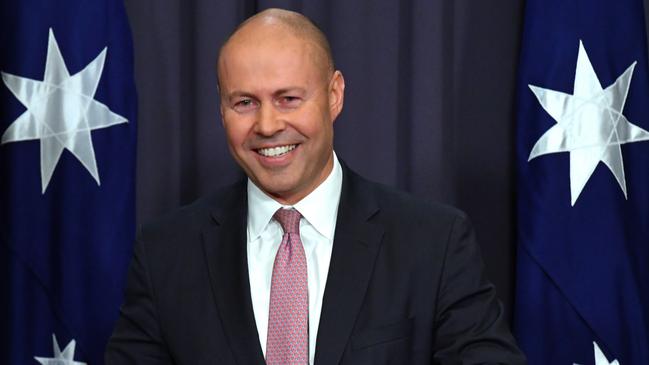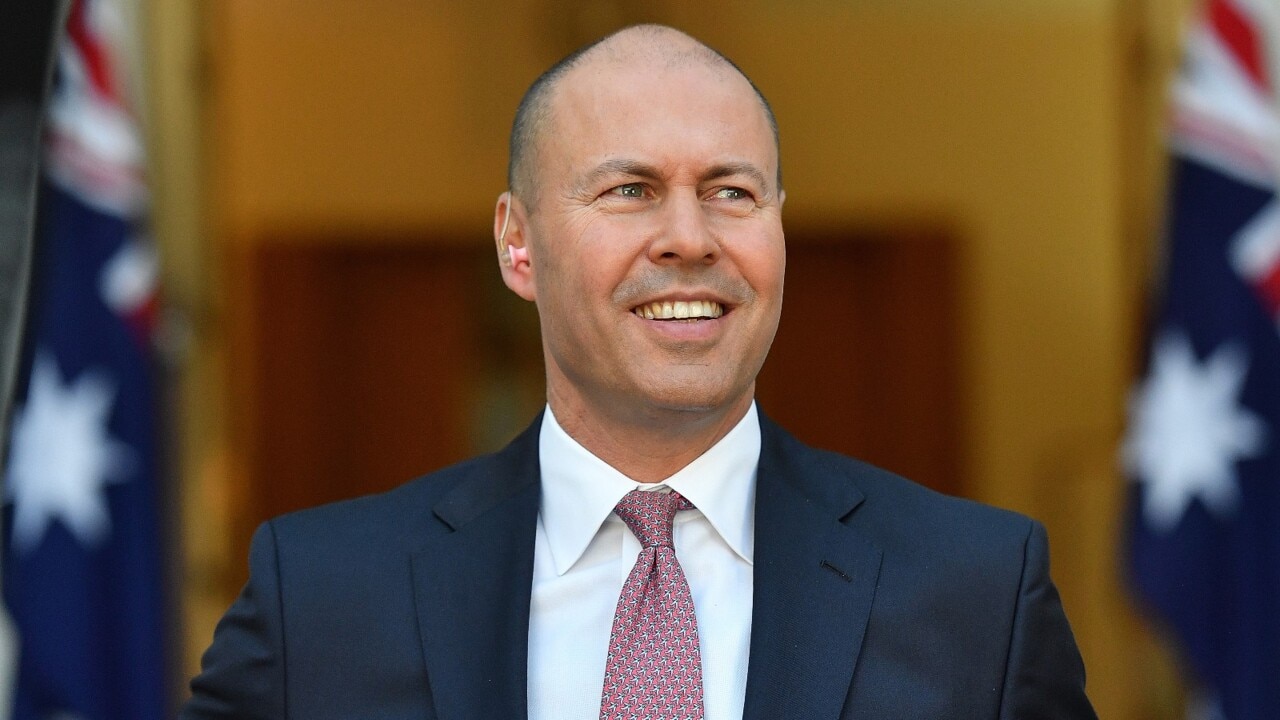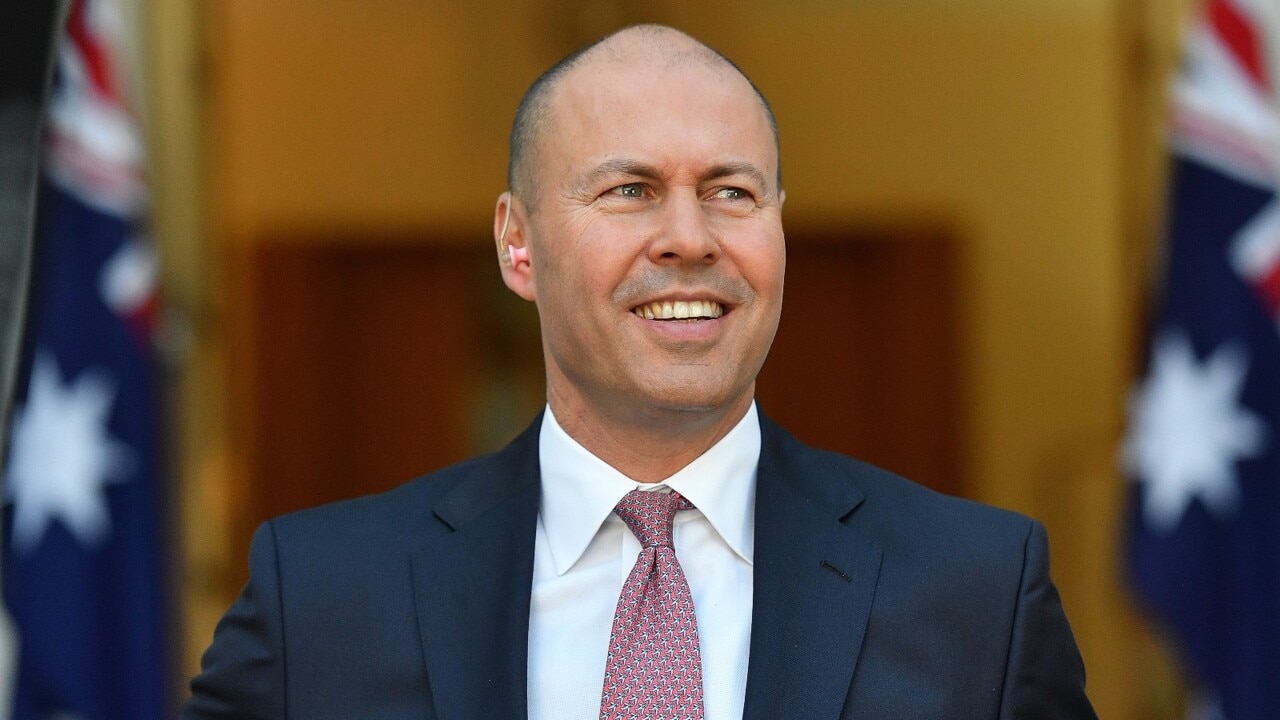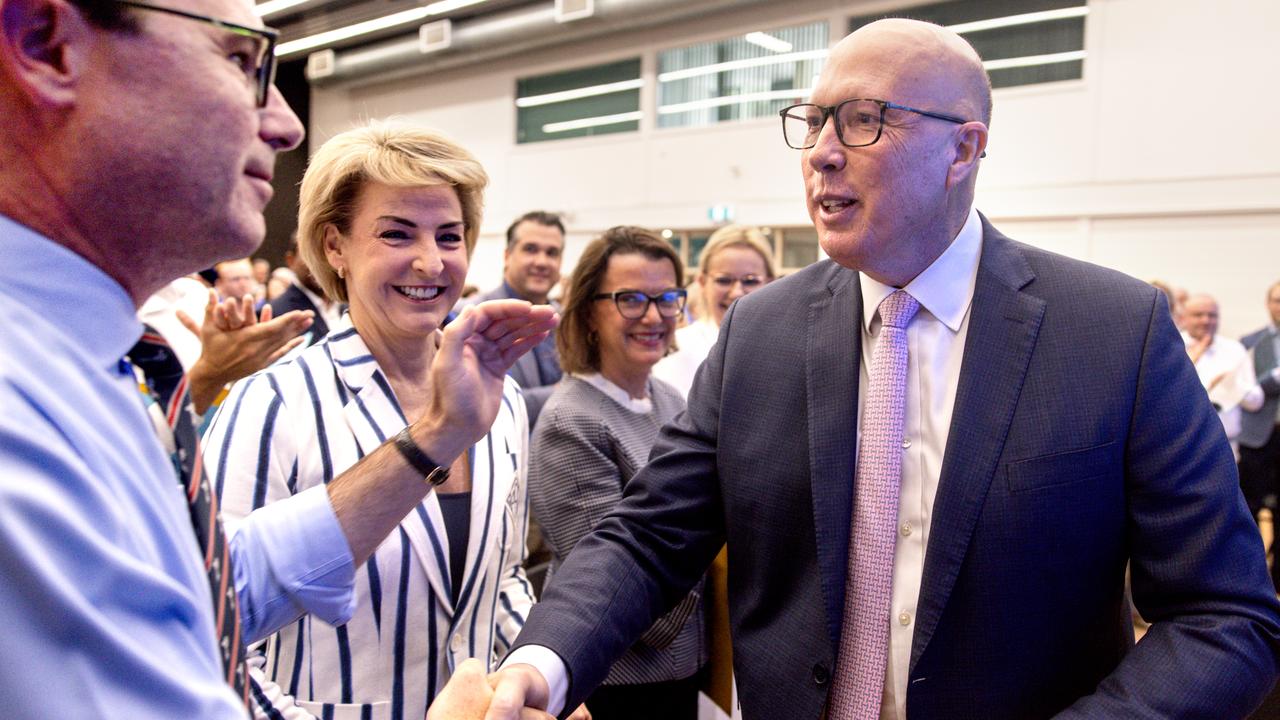Pre-poll budget will focus on recovery, says Treasurer Josh Frydenberg
Post-Covid revival to be fuelled by investing in regions, infrastructure, business incentives, manufacturing, defence, skills and energy.

Josh Frydenberg’s fourth budget will fuel Australia’s post-Covid revival by investing in the regions, infrastructure, business incentives, manufacturing, defence, skills, housing and energy, after he warned that the recovery was not “locked in” despite a post-Delta economic surge.
Less than four weeks out from the March 29 budget, the Treasurer is preparing a pre-election spending blitz geared around stimulus measures to lift output and end the government’s $314bn in pandemic handouts and support packages.
National accounts figures released by the Australian Bureau of Statistics show that output increased by 3.4 per cent through the December quarter – the joint fastest increase since 1976 – as NSW, Victorian and ACT residents spent up big following the end to crippling lockdowns.
The economy ended 2021 4.2 per cent larger than a year earlier and 3.4 per cent ahead of pre-pandemic levels – outpacing all the advanced G7 countries over the same period.
With the unemployment rate predicted to fall below 4 per cent within months, Mr Frydenberg said the budget would “invest in those areas of the budget which help create jobs”.
Senior government sources said it would not be a “big-spending pre-election budget” because the Coalition wants to show fiscal restraint and promote its credentials as a better economic manager than Labor.
The Australian understands the infrastructure spend will include pledges made by Scott Morrison to the Nationals in return for their support on net-zero emissions by 2050. These include the $678m upgrade of the Outback Way, connecting Western Australia and Queensland, which was promised to Nationals leader Barnaby Joyce under the climate deal.
Additional stimulus packages aimed at creating new jobs in rural areas are being prepared under the government’s strategy to support regional communities in the shift to a carbon-neutral economy. Strengthening reliable power generation, following decisions to bring forward the closures of Eraring and Liddell coal-fired power stations, is also expected to feature.

The 2030 digital economy strategy will also be dramatically boosted in the budget – potentially through digital apprenticeships – to help accelerate jobs growth across the tech sector, which is now Australia’s third-largest industry behind mining and banking.
“There will be very significant infrastructure investment in the budget, very significant investment in our regions because they are going to be key to our economic growth,” Mr Frydenberg said. “The digital economy remains a major focus for us, as well as the manufacturing sectors.
“The job is not yet done on skilling our workforce. We will be looking at opportunities to boost investment … and, of course, energy investments will again be a focus for this year’s budget.”
With housing affordability pressures exacerbated by the pandemic and record low interest rates, the government is considering new incentives to get more Australians into homes. Following the success of the government’s HomeBuilder program, which helped lock in construction pipelines in the short term, the budget will likely extend and expand existing first-home and single-parent schemes.
After last year signalling the end of temporary low- and middle-income tax offsets, senior government figures believe extending the LMITO was the easiest tax relief offering for voters ahead of the May election. But with LMITO payments from last year’s budget dropping into bank accounts of eligible Australians on July 1, there has been pushback against extending it.
The $16bn war chest put aside by the government in December’s mid-year budget update, which has already been used to fund announcements, will be drawn on to fund pre-election spending.

Department of Finance figures released this week showed the commonwealth cash deficit coming in $13bn ahead of mid-year estimates for the financial year to January, down from $64.4bn.
The budget could potentially bank and spend the proceeds of a faster-than-expected economic recovery over recent months, most notably a rapid drop in unemployment to 4.2 per cent by December.
“We have outperformed every major economy since the start of this pandemic,” Mr Frydenberg said, but he cautioned the gains were “not yet locked in” and warned about lingering impacts of the Covid-19 pandemic and global uncertainty associated with Russia’s invasion of Ukraine.
He said the new GDP figures “underline the overall strength of our economy and our ability to withstand these shocks”.
“We are in a very strong position, but we need to invest in the things that are important to economic growth,” the Treasurer said.
After previously indicating a move towards “normalised economic policy settings”, he said high vaccination rates had allowed the government to “draw a line” under the massive emergency income support measures that accompanied lockdowns.
The budget is also expected to include additional reconstruction measures in response to the floods disaster, which continues to devastate communities in Queensland and NSW.






